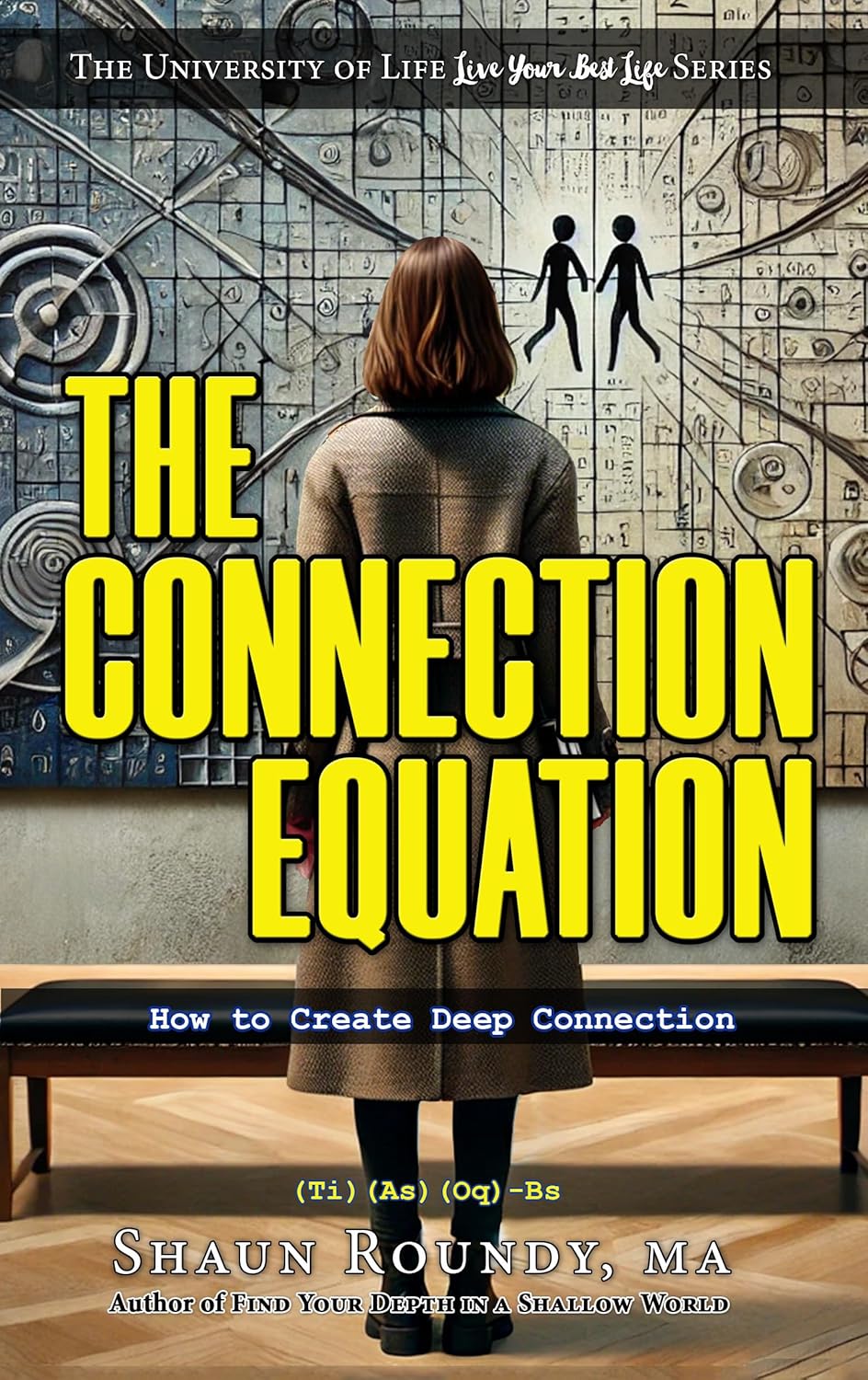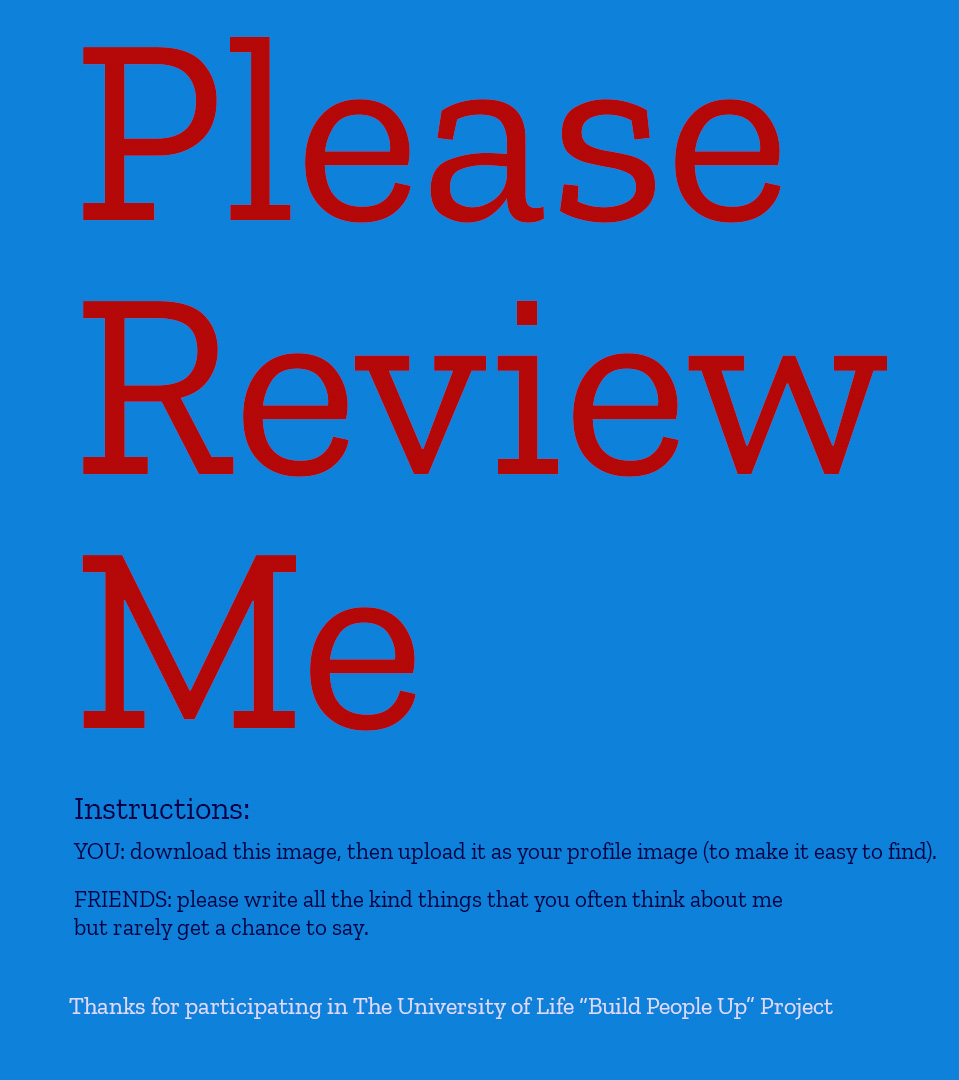 If you want to know what makes life good, look to feelings. Everything you crave in live – love, peace, joy, hope, happiness, pleasure, relief, satisfaction – are feelings. Everything else – money, relationships, toys, careers – is just a tool to secure those feelings.
If you want to know what makes life good, look to feelings. Everything you crave in live – love, peace, joy, hope, happiness, pleasure, relief, satisfaction – are feelings. Everything else – money, relationships, toys, careers – is just a tool to secure those feelings.
Feelings motivate the vast majority of your actions – and inaction – by rewarding you for securing physical and emotional needs or driving you away from threats with fears and discomfort. That’s how they control your destiny, for better or worse.
But feelings also have a dark side. Fear, worry, discouragement, anxiety, anger, hatred, discomfort and others crush your happiness, create conflict in your relationships, and paralyze your potential, all in order to “protect” you from non-existent threats.
So what can you do about it? How can you convince your feelings to cooperate with your goals rather than stand in the way of happiness and success? Four things, for starters:
1. Increase your emotional awareness.
Doesn’t it seem crazy that something so powerful remains so little understood? That the one force that could change your life more than anything else goes mostly unregulated, happening somewhat randomly, tripping you up rather than raising you to the moon?
It’s time to turn that around with a simple exercise:
- Pick a feeling, any feeling.
- Train your conscious awareness on it.
- Observe everything you can about it. How does it feel? Where do you feel it? Is it intense or subtle, pleasant or uncomfortable? Sharp or blunt, etc?
- Does it seem primarily physical, like pain or vigor, or mental, like stress or excitement?
- If it seems connected to thoughts, what are they? Observe the thoughts and watch as they grow clearer.
By increasing your emotional awareness, your mind automatically learns to use emotions more productively rather than merely reacting to whatever feelings stir within you.
For hundreds of additional insights and exercises like this one, read Heal Your Mind, a practical guide to speaking your brain’s languages and turning pain into power.
2. Choose productive default thoughts.
Because your most influential feelings are generated by your thoughts, you can choose to feel positive and empowered by training your brain to automatically think productive thoughts.
What thoughts run through your mind when you’re not actively thinking about anything? Are you excited about your life or have you allowed doubts and worries to run wild inside your brain like a brood of bratty children? These are your default thoughts, and if you design supportive ones that generate courage and happiness, then you’re much more likely to live a satisfying life.
- Design at least three thoughts that you’d like to think about yourself and the world, like that you’re a capable person, that effort eventually brings success, and that people are good.
- Dwell on these thoughts whenever you can in your spare time. Strengthen the neural circuitry that holds these thoughts until they stick and become automatic.
- You’ll notice that your perceptions and expectations of life will change, and results will follow.
If you think life is hard, you’re right, and life is hard. If you think life is good, you’re also right, and the thought will soon become true. It’s all up to you, so which life will you choose?
“Whether you think you can or you think you can’t, you’re right.” –Henry Ford
3. Communicate directly with your subconscious mind.
Subconscious ideas are tied directly to your limbic system, the emotional reward center of your brain. If your subconscious isn’t relatively free of fears and emotional wounds, then the deck is stacked against you and all success will require unnecessary struggle to gain and retain.
By definition, these subconscious thoughts are below your awareness, so you can’t consciously affect them directly UNLESS you use your conscious mind to speak the subconscious’ languages. Here’s one way to do that:
- One of the subconscious’ native languages is emotion, so when you practice your positive thoughts or affirmations, make sure you’re also feeling positive emotions! If you don’t, the subconscious will hear your doubts more than your words (which is a conscious mind language) and you’ll reinforce the negative instead of the positive.
- The other main language of the subconscious is imagery, so imagine positive scenarios associated with your affirmations to get the message through. The subconscious can’t tell the difference between imagination and reality, so positive images foster a positive world view that will encourage successful habits.
Helping people maximize their life satisfaction is my passion and I wrote Heal Your Mind, a practical guide to speaking your brain’s languages and turning pain into power to teach this concept and hundreds of other techniques that I’ve learned and developed over the past three decades. If you’d like to change your life in deep, dramatic ways, I highly suggest that you read it.
4. Get help.
Choosing your thoughts and feelings is a crucial step in maximizing your life success and satisfaction, but it can take a long time and a lot of effort. At first, it may feel very uncomfortable and require intense focus. Get started and you’ll find that it grows much easier with practice and even becomes automatic.
Practicing these steps with a trusted friend can accelerate your progress as you provide encouragement and share clearer visions of one another that are less blinded by your mental/emotional filters.
If you experience powerful negative emotions that hamper your ability to live well and would like a helping hand, then try RapidEnergyHealing.com for assistance. By honing our sensitivity to the natural connection that exists between all people, we can detect your thoughts/feelings and help them to heal. If you’re interested in learning these skills for yourself, learn the first step to experience other people’s minds in the 99¢ ebook How to See Yourself and Others.








